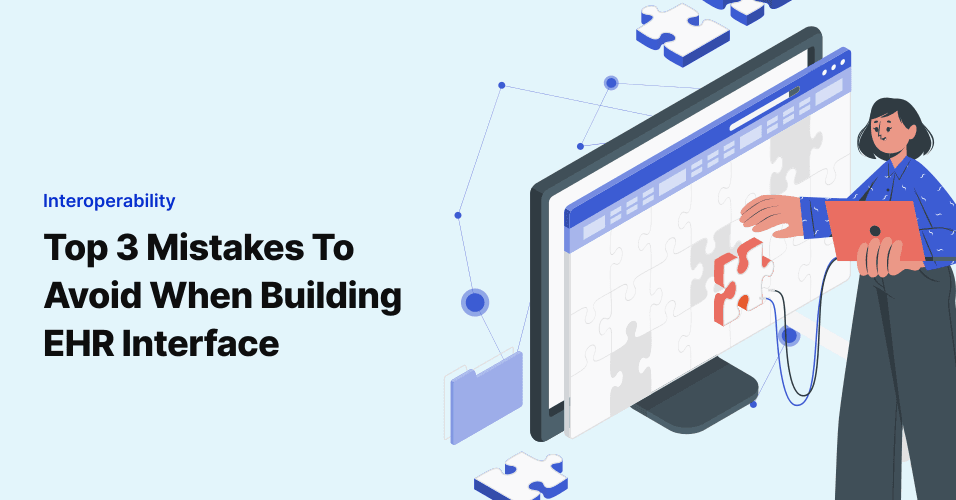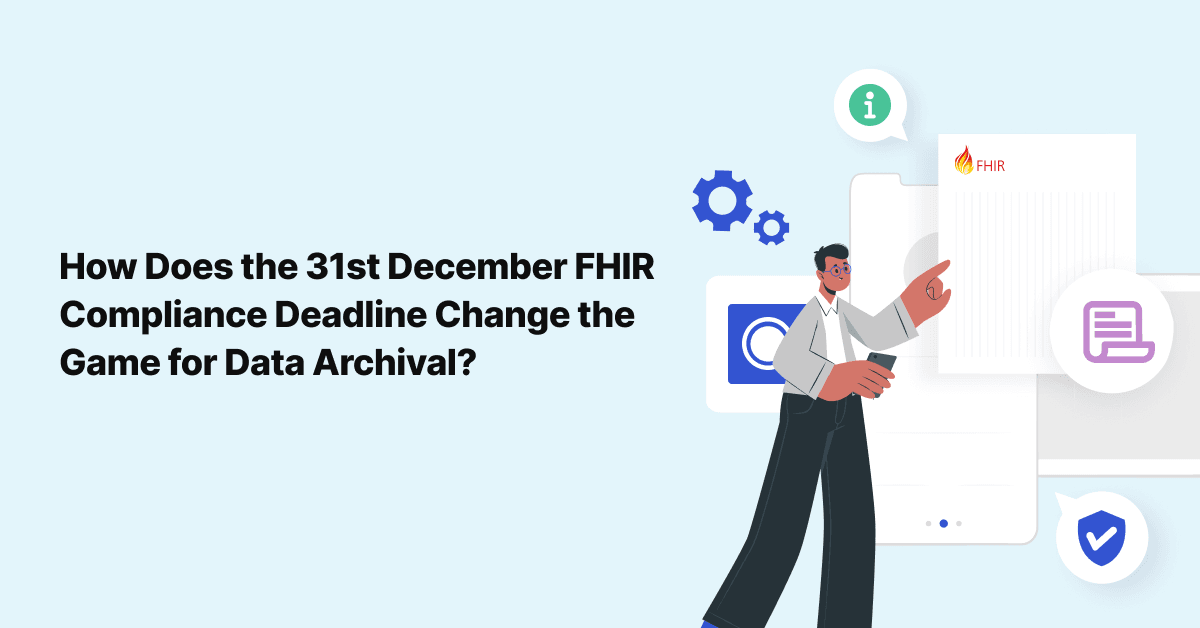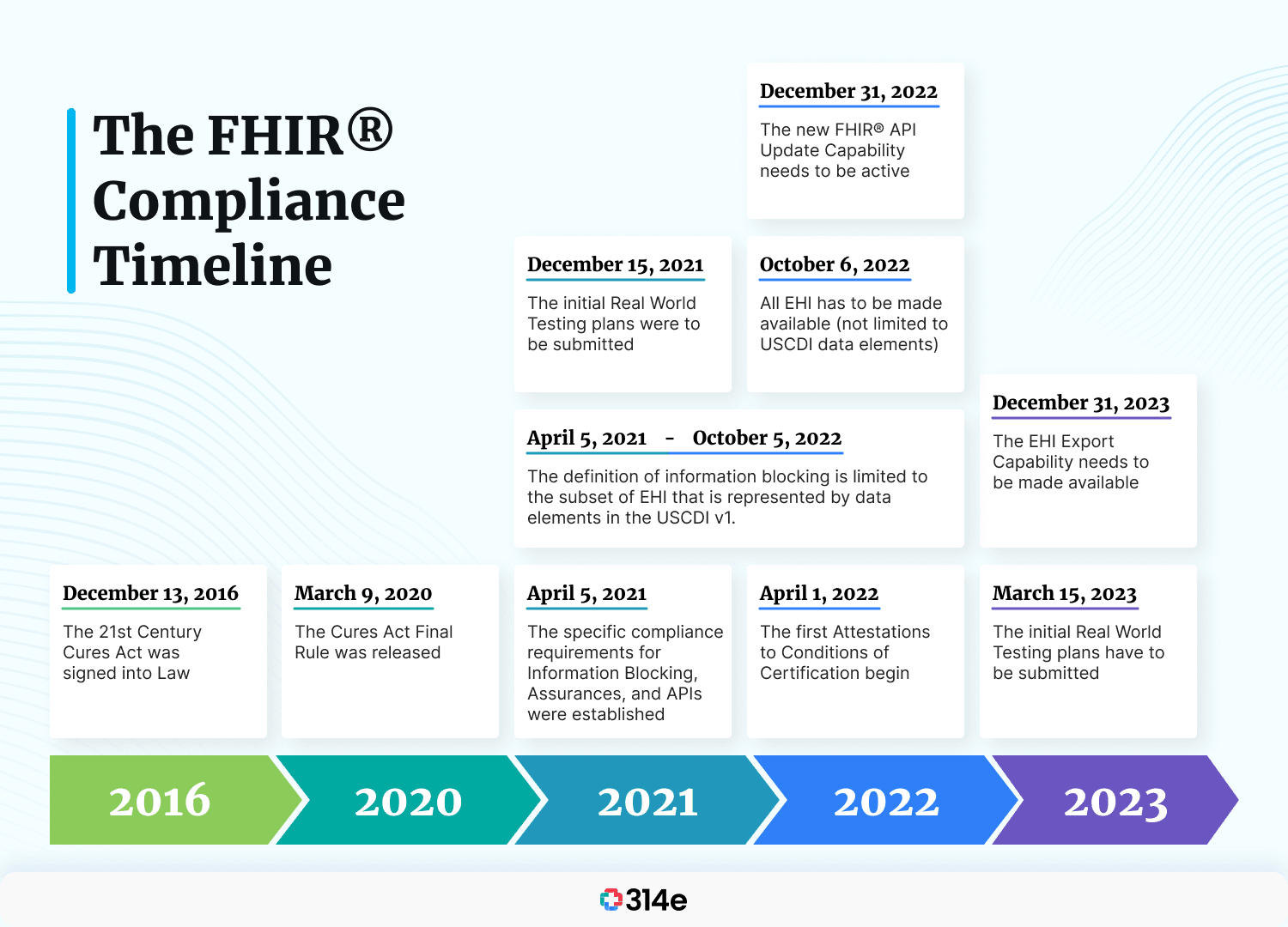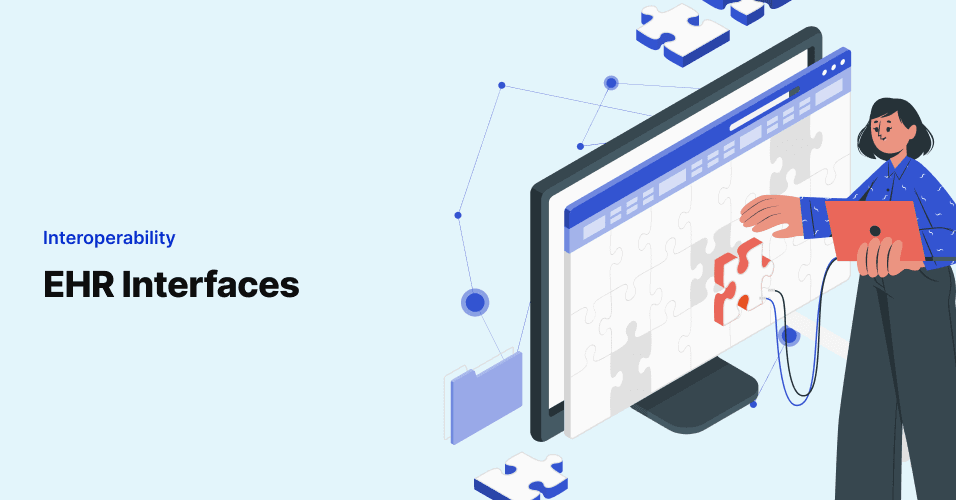
How to Create Healthy EHR Interfaces
One of the key benefits to hospitals for investing in a robust EHR like Epic is to not only cultivate their …

The ONC’s Cures Act, which is otherwise referred to as the 21st Century Cures Act, was enacted and signed into law in 2016. The Act’s primary purpose was to accelerate the development of drugs and medical devices. Apart from this, the Cures Act also aims to bring down the regulatory burden connected with EHRs and other Health Information Technology (HIT). The Act also offers a standardized format called the Fast Healthcare Interoperability Resources (FHIR®) that enables the interoperability of health information like clinical and administrative data between different health systems.
In this article, you will learn about:
FHIR® endpoints refer to Health Level Seven (HL7®) organization standards that facilitate the secure exchange of clinical and administrative data between healthcare providers, Health Information Exchanges, Health IT vendors, and payers. FHIR® APIs enable smooth access and data sharing between medical facilities. FHIR® endpoint is the particular connection point to where the data is stored. The patient data is accessible at the FHIR® endpoint.
FHIR® APIs, amidst all other APIs, improve interoperability and pave the way for enhanced healthcare. FHIR® exists not just with the goal of enhancing interoperability but also encouraging safer transitions of care and improved privacy of patient health information. The FHIR® API is also important to your health system for the following reasons:
The following timeline would help you better understand the FHIR® deadlines that are required to be met and would also help you get a bigger picture of interoperability between health systems.

The new secure API adopted by the ONC has made it a mandate for developers of standard health IT to meet the following technical requirements:
The new mandate would help patients stay protected and ensure the privacy of patient data without causing implications to the information blocking rule. As far as providers and health IT developers are concerned, it would help reduce API development and maintenance costs and improve patient safety. If you are a provider or payer, here is a guide for you to comply with the 21st Century Cures Act.
The importance of FHIR® for health data archival strategy is unmatched as it ensures simplified implementation without compromising the integrity of patient health information. One of the primary impacts that the new FHIR® mandate and the Cures compliance mandate would bring about is that it would improve the interoperability in the sense that the data archived in FHIR® format can easily be exchangeable as FHIR® resources with other parties with little or no modifications required before the exchange. It also impacts data archival and improves interoperability in the following ways:
By complying with the new FHIR® mandates, health systems would possess the capability to align legacy data with the requirements of the 21st Century Cures Act and provide it with a consumable format to enhance patient care. At 314e, we have our very own FHIR® native data archival tool - Muspell Archive, that has intelligence built in to solve all the data archival problems. Muspell Archive ensures security in data archival by being FHIR compliant.
If you are on the lookout for an FHIR-compliant data archival vendor that improves the provision of patient care through improved interoperability, get in touch with us!
Join over 3,200 subscribers and keep up-to-date with the latest innovations & best practices in Healthcare IT.

One of the key benefits to hospitals for investing in a robust EHR like Epic is to not only cultivate their …

The 21st Century Cures Act (“Cures Act”) was signed into law in December of 2016 with authorized funding of …

In the modern world where data is king and more is more, we’re going to take another stance: less is more. Or …